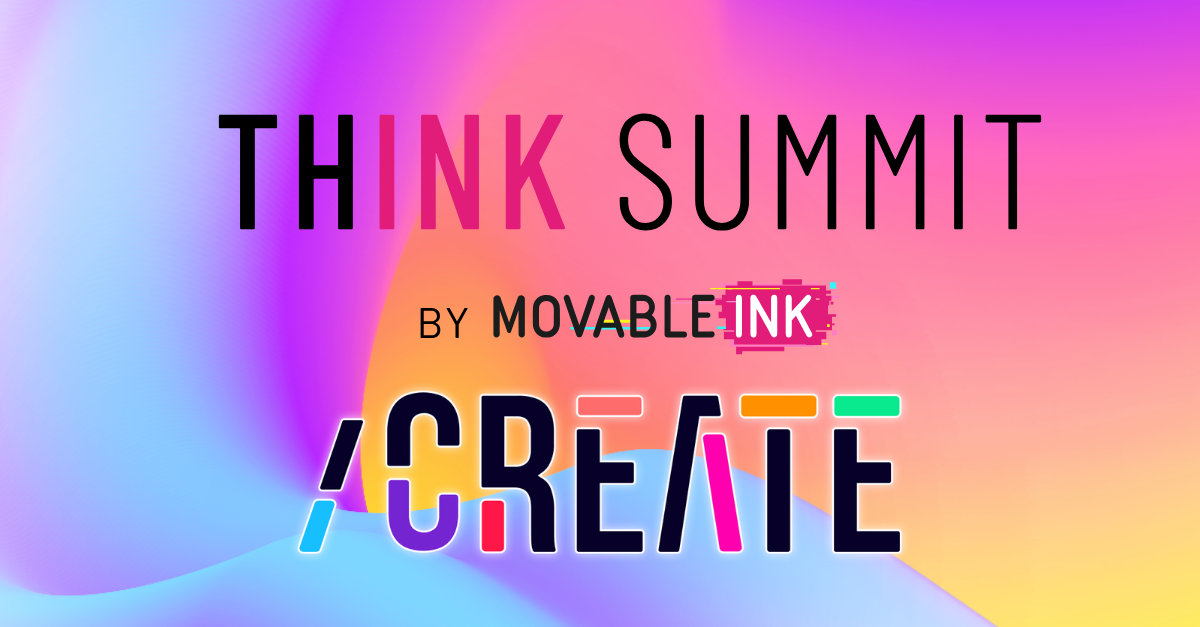Blog
Check out what the world's marketing mavens are reading to bring their personalization strategies to life.

There's nothing here... Try looking for something else.
Ready to Power Up for Peak Season?
Tune in October 31st to learn how top brands turn insights into revenue.
Check out what the world's marketing mavens are reading to bring their personalization strategies to life.

There's nothing here... Try looking for something else.

